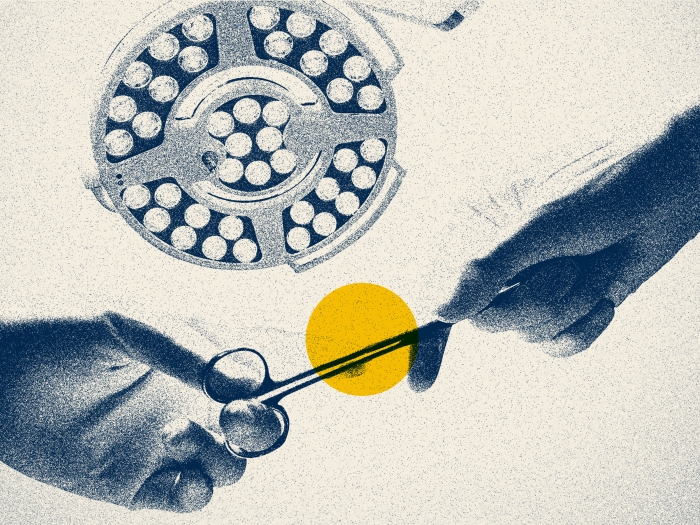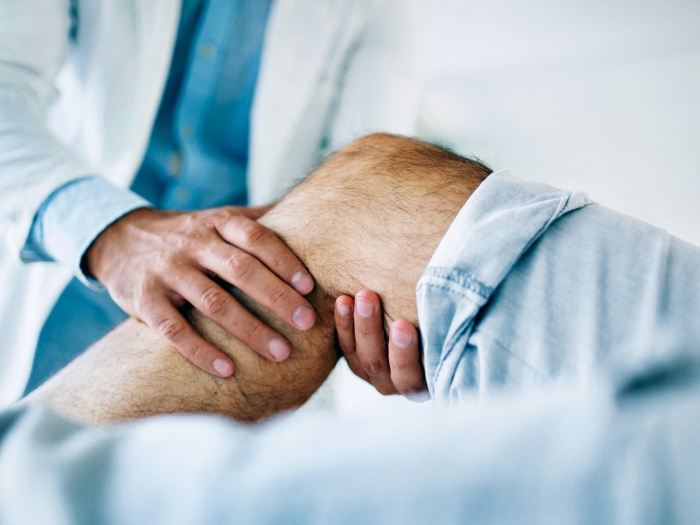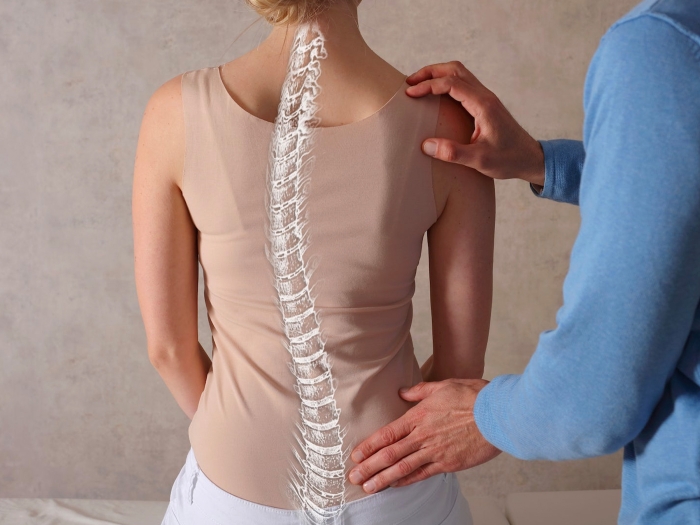Spring has sprung and so has baseball season. One athletic trainer offers easy tips to remember when your student athlete heads back to the diamond.
1:00 PM
Author |

The smell of flowers is in the air and the grass is finally starting to turn green. The arrival of spring also marks the return of one of America's favorite pastimes: baseball.
MORE FROM MICHIGAN: Sign up for our weekly newsletter
Although baseball isn't considered a high-contact sport, it still lends itself to injuries that can be devastating.
"Many baseball athletes, specifically pitchers, experience elbow pain and soreness," says Joseph Haldy, ATC, an athletic trainer at MedSport, part of the University of Michigan Comprehensive Musculoskeletal Center.
To help baseball athletes with their injuries, MedSport recently developed the Throwers Program at all four of its locations.
The program not only evaluates players for soreness, pain and injury, it also helps them learn what they can do to improve those conditions — and how to prepare for the season and offseason with targeted exercises and training.
"It gives the patients great one-on-one care with clinicians that know baseball and can help them improve their overall arm care," Haldy says.
In addition, the program is designed to educate student athletes' parents on what they can do throughout the season.
"It really starts with the parents and making sure they are educated on what to do to keep their athlete safe and who they can reach out to if they notice a muscle has been sore for a while or an injury just doesn't seem to go away," Haldy explains.
Haldy offered some easy tips parents and baseball athletes should keep in mind:
Take time to warm up
Haldy cautions against sending an athlete out onto the field without a proper warm-up.
"Going out onto the field 'cold' is a bad idea," he says. "Make sure they are stretching and warming up their muscles before practice or a game begins. This helps the body to start increasing blood flow to the muscles."
Watch their pitch count
For pitchers, Haldy recommends watching pitch count, aka the number of pitches thrown in a game. Overusing specific muscles can lead to injury.
SEE ALSO: The Dangers of Untreated Concussions in Kids' Sports
He also encourages parents and coaches to go to the Michigan High School Athletic Association website for additional resources on pitch count recommendations.
"I know some parents might not like to hear this, but your student athlete isn't going to go pro right away," Haldy says. "It's OK, and frankly a good idea, to rest their pitching arm frequently to avoid more serious injuries that could leave them benched from the game for months."
Monitor injuries and soreness
Both are signs that bones and muscles may need a rest.
Apply ice to injuries or sore muscles if inflammation or swelling occurs after playing baseball, Haldy says. Use a heating patch or heating pad to help loosen up the tightened muscle and reduce pain prior to playing.
Avoid fatigue and take breaks
Similar to limiting pitch counts, take it easy when you notice an injury or soreness.
"Don't throw if your arm is sore or fatigued," Haldy says. "Throwing with pain or fatigue is just going to increase the amount of stress applied to the muscle or ligament, which can increase the risk for injury. Remember, it's OK to take a day off."
Seek help when needed
If pain or soreness persists, reach out to an expert.
"You don't have to live with the pain," Haldy says. "You can call any of our clinics and be evaluated for what type of treatment will work best based on your injury."
To make an appointment with the MedSport Throwers Program, please contact the location that is most convenient to you: MedSport at Ann Arbor Ice Cube (734-998-8600); MedSport at Brighton Health Center (810-225-8677); MedSport at Dominos Farm (734-930-7400); or the Comprehensive Musculoskeletal Center at the Northville Health Center (248-305-4400).

Explore a variety of health care news & stories by visiting the Health Lab home page for more articles.

Department of Communication at Michigan Medicine
Want top health & research news weekly? Sign up for Health Lab’s newsletters today!





